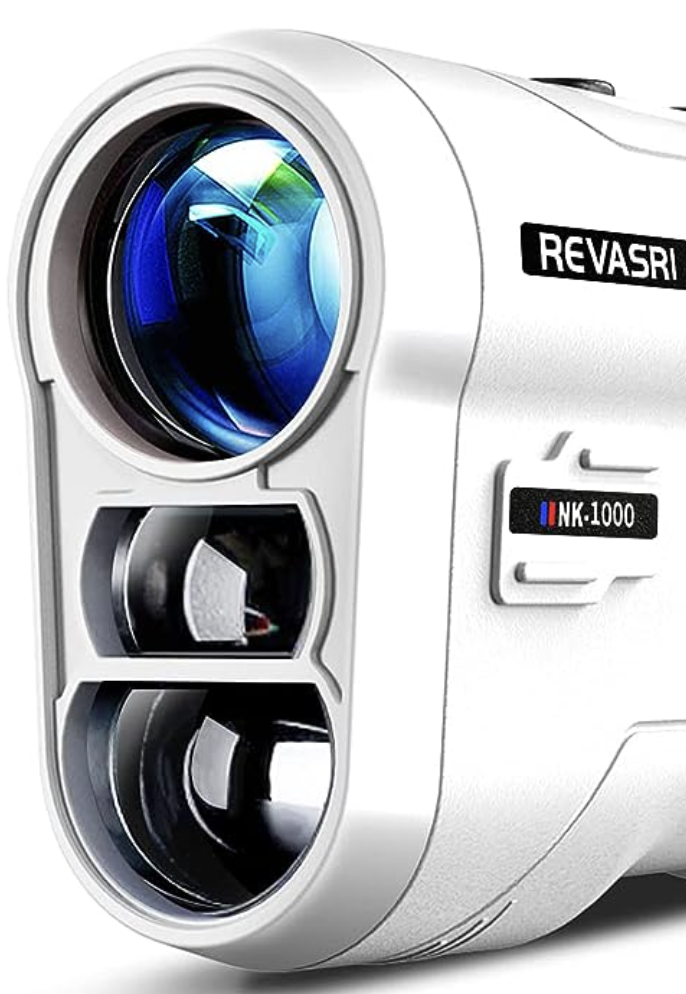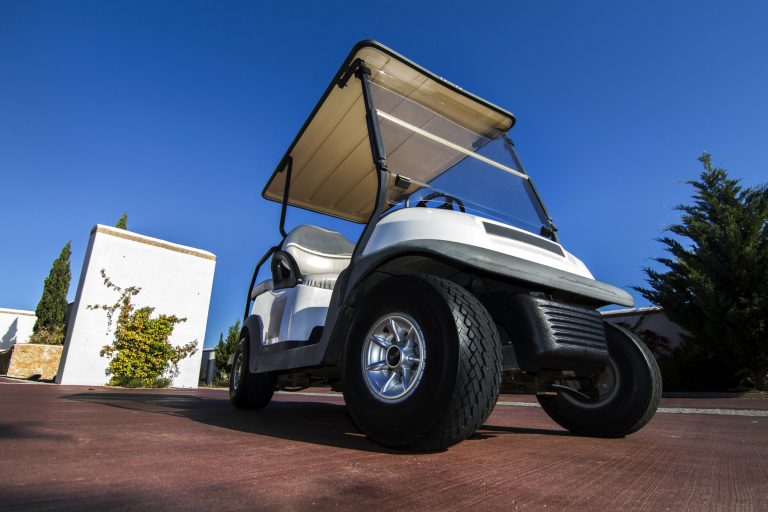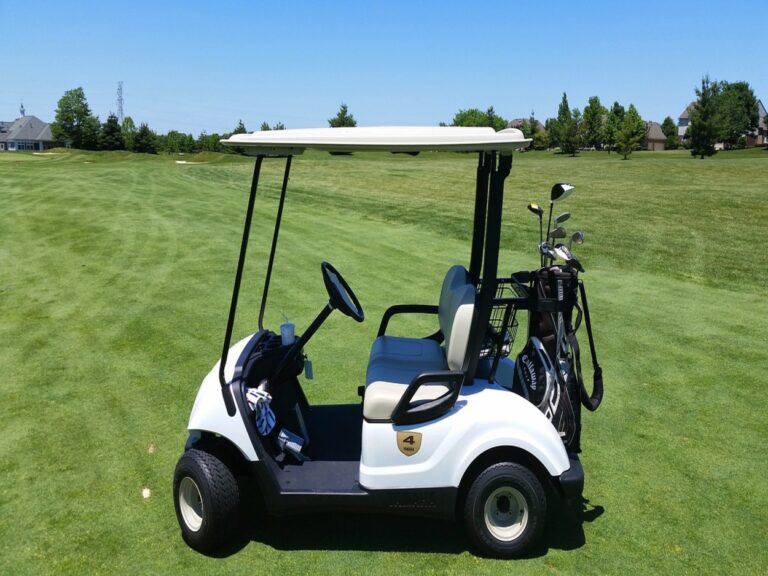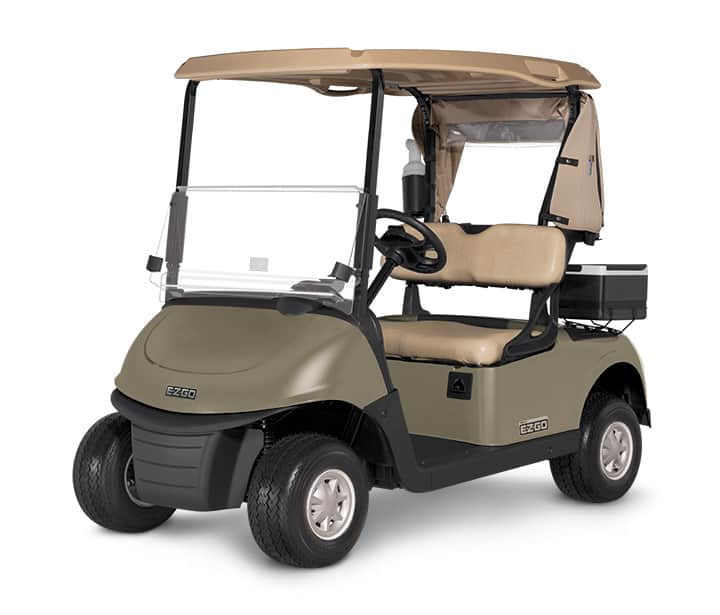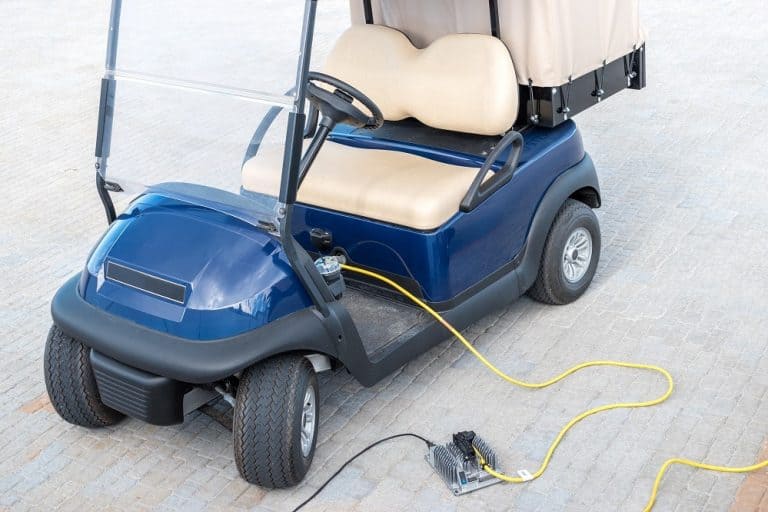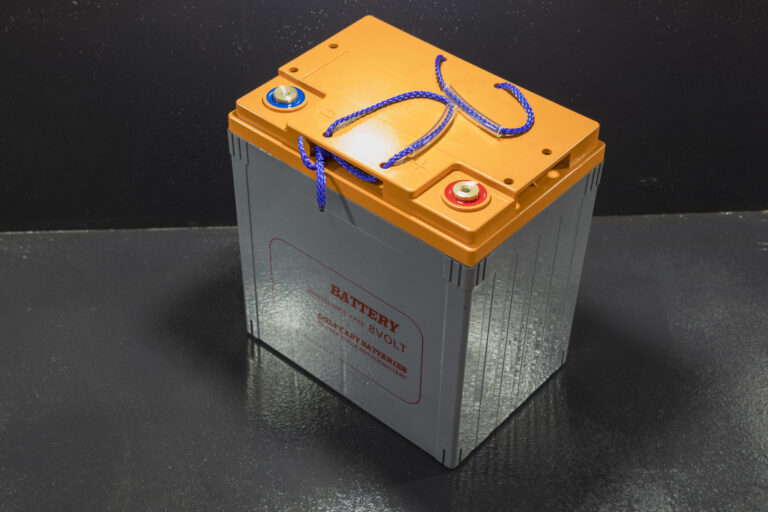What Kind of Water Goes into Golf Cart Batteries? (Avoid Damage)
I was recently conversing with a friend who owns a golf cart, and he mentioned that he always puts distilled water into his golf cart’s batteries.
I had no idea what he was talking about, so I did some research and found out that there are different types of water that you can put into your golf cart batteries. Some are safe, and some are not so safe.
As a general rule, distilled water goes into a golf cart’s battery. If distilled water is unavailable, deionized water is acceptable. Regular tap water can corrode the inside of the batter.
In this post, I want to ensure we are on the same page with battery maintenance and save you a few bucks.
Why not just use tap water?
Distilled or deionized water goes into golf cart batteries, period. I want to make that clear.
The best water to use typically contains less than 100 parts per million of total solids. Using readily available tap water may be tempting, but this type can damage your battery.
Reasons NOT to use Tap Water
- Tap water contains natural content and minerals that can corrode the battery. You also want to avoid tap water even when it contains minerals in small quantities because consistent use over a long time will also eventually damage your battery.
- Tap water also typically features water softened by water softeners containing chlorides.
- Distilled water is free from mineral and calcium deposits in the spring. Its neutral characteristics make it ideal for your golf cart battery without concerns about corrosion. Deionized water is also suitable for your battery.
- The battery incorporates ionized electrolytes that require dilution by water. Using deionized water is essential since its makeup aids in diluting the electrolytes. It is necessary to note that it contributes to dilution rather than battery charging.
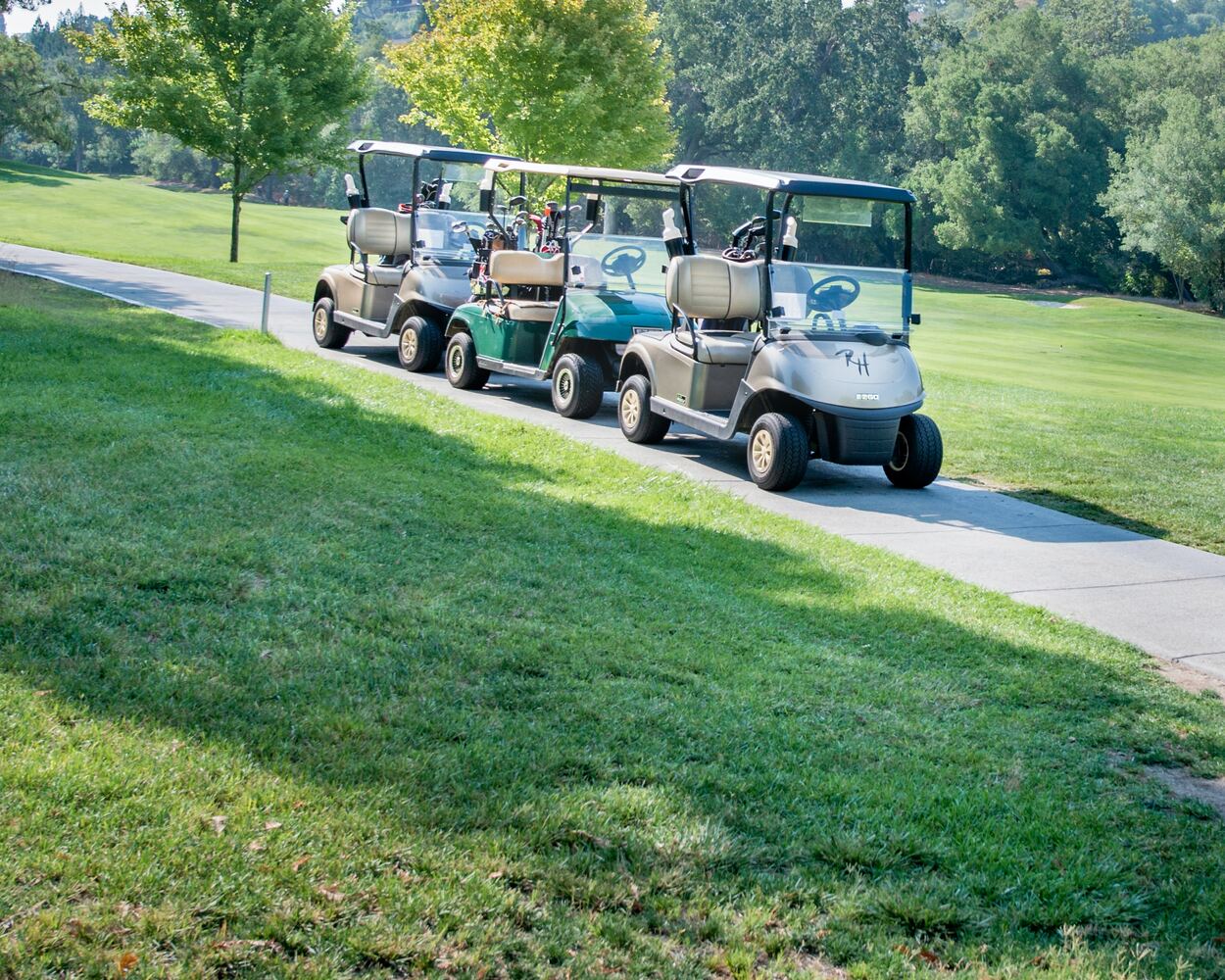
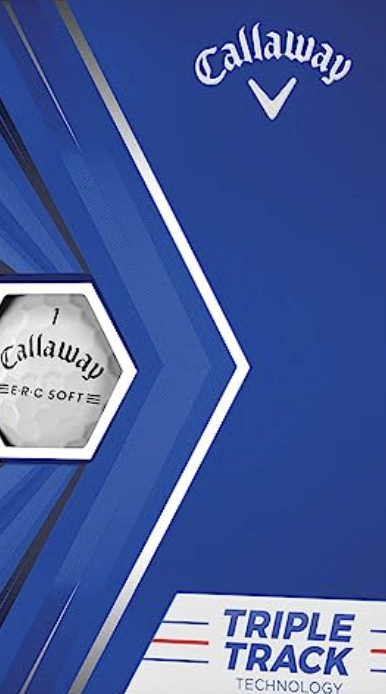
of Callaway ERC Triple
Track Golf Balls for
yourself or your buddy!
How Much Water Does a Golf Cart Battery Hold?
Golf carts typically have an average 6-volt battery with a capacity of around 6.4 liters of water. It requires approximately 15 liters of replacement water during its lifespan.
Using distilled water helps preserve its service life since minerals in regular water corrode and influence battery performance. Besides water, you may need to add your acid, but only after accidentally spilling it out of the battery.
How Do I Know If My Golf Cart Batteries Need Water?
You can know when your golf cart batteries need water by checking the indicator ring inside the filling well. Additionally, it is best never to allow your electrolyte solution to drop below the top of the plates inside the battery. Letting the electrolyte solution fall below the recommended level can permanently damage the cells and compromise the battery’s strength and safety.
You also always want to water after charging, with the typical schedule being around once every 30 days. The schedule may vary by a few days, depending on your specific needs and situation. It is critical to ensure you secure the vent caps after filling. This step prevents the electrolyte from spilling out the next time you ride the golf cart.

and apparel.
gear, accessories and apparel. (affiliate link)
How to Remove Water from Golf Cart Batteries?
What Happens if You Use Regular Water in a Battery?
| It will shorten battery life. |
| It contains minerals that react with battery chemicals and convert them into non-rechargeable ions. |
| If there’s salt in your regular water, the battery won’t work properly and will be damaged soon. |
Why Do Golf Cart Batteries Lose Water?
Golf cart batteries lose water due to slow but continuous evaporation, needing you to top up the element periodically. The water decreases during charge, discharge, and recharge battery cycles, with the level getting lower with more charges. Summer heat also contributes to evaporation and water loss in your golf cart batteries.
Thus, inspecting and regularly maintaining the batteries is vital to avoid excessively low water quantity. The gradual reduction in water levels exposes the cell plate within the battery. This exposure can result in the plate drying and flaking off to cause sulfation.
One of the best ways to prevent overcharging or always plugging your golf cart is to care for your battery. Check out my other article for more info: How to Charge a Golf Cart Battery?
Understanding water loss in the batteries and the importance of regular maintenance and refilling will extend your battery’s lifespan.
Can You Use Bottled Water for Golf Cart Batteries?
You can use bottled water for golf cart batteries if it contains distilled or deionized water. The distilled or deionized quality means the water does not contain minerals that can harm your battery.
You want to verify the bottle’s label to find that it does not contain natural mineral content. The label also clarifies if the container holds distilled water or not.
Can You Put Too Much Water in Golf Cart Batteries?
Golf cart batteries use water and electrolytes to generate electricity, requiring you to add some water occasionally. You require precision to add the right quantity since too much water can cause problems. Excessive amounts can cause additional electrolyte dilution to lower battery performance.
In addition, your battery’s electrolytes will expand and overflow if you add too much water before charging. A charging service increases the battery’s electrolyte density solution, and excessive water addition bumps up the density to an overflow.
The spill can damage your battery, leaving you needing a costly replacement. Notably, adding too little can lead to sulfation and eventual lead plate damage.
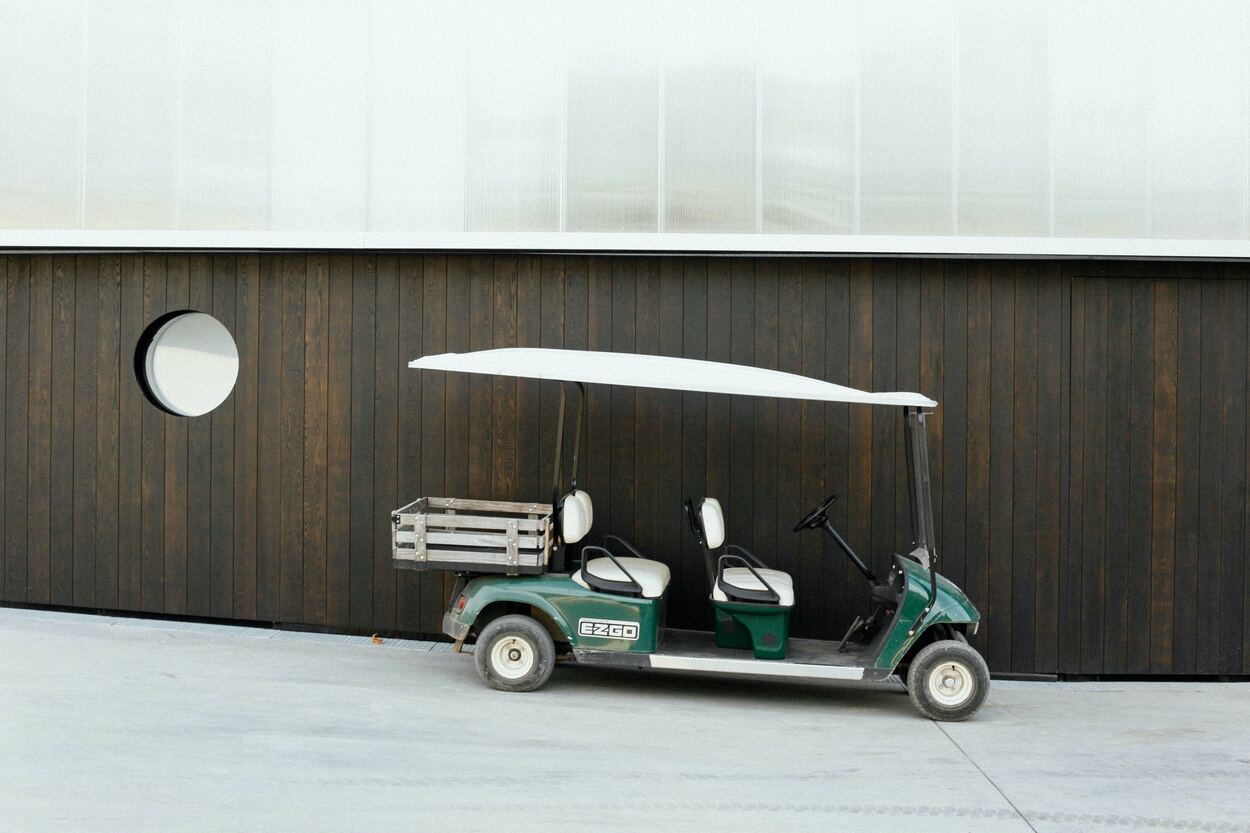
As funny as it may seem, using a water gun to fill water to your golf cart battery is advisable since it improves accuracy. You always want to add the water after charging the battery—refill after charging aids in increasing the level of the electrolytes for optimal performance.
However, you must note that you can only add water to a discharged battery if it features exposed battery plates. Filling the battery until the water covers the plates before charging is best.
If you fill your battery after charging, you want to add enough water to reach ¼ inch to 1/8 inch shy of your indicator ring. This recommendation helps you prevent overfilling and leaking acids.
Is It Normal for Golf Cart Batteries to Bubble while Charging?
It is normal for golf cart batteries to bubble while charging. This sound is normal and typically shifts from loud to quieter, bubbling over time. The boiling sound is deafening when dealing with a new battery. New batteries must undergo a step called curing the lead, where it solidifies the new lead within the device.
The curing process can last about 15 to 20 cycles before completion, requiring you to add water continuously during this period as the charger forces electrons into the lead.
The bubbling noise becomes quieter once your golf cart battery completes the curing process. The battery should always produce a boiling or bubbling sound while charging. You know you have a problematic device if the battery continues to make loud boiling noises. The loudness may show that your batteries are experiencing an overcharge situation.
The overcharge phenomenon involves a battery emitting a gaseous fume during charging. It is dangerous since a spark or too much heat can trigger an explosion.
Regarding the bubbling, experts recommend using an automatic charging system to prevent overcharging the batteries. This system integrates a slow charge or an auto-off sensor for the last 5% to 10% to minimize the chance of overcharging.
Aside from bubbling, it is also normal to hear blowing and clicking type sounds when charging the battery. If you notice a popping, sizzling, or hissing sound, you want to inspect your golf cart battery since it signals low acid, low water, or overcharging.
Final Say
Remember, only use distilled water for your golf cart battery. Since it’s expensive in some areas, you should use a water gun to fill your batteries so nothing will go to waste. Add the water after charging only!
